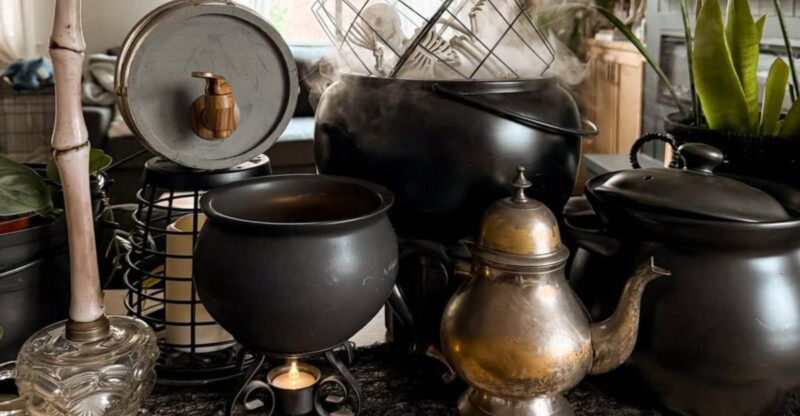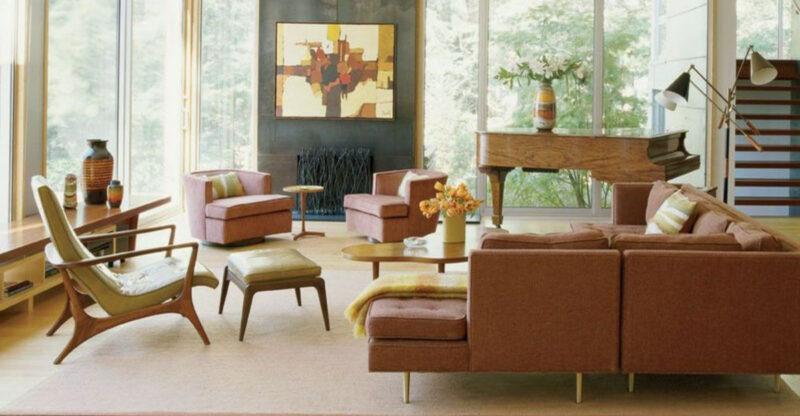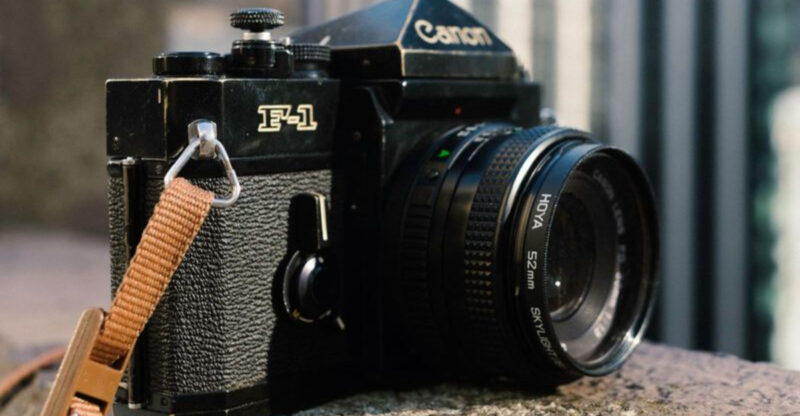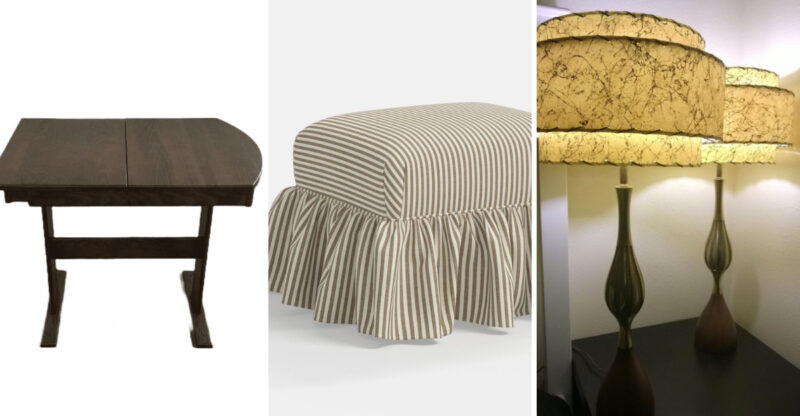22 Things Every ’80s Home Had Whether You Wanted Them Or Not

Remember those days when hair was big, music was loud, and home decor was… interesting? This decade brought us some unforgettable trends that somehow found their way into nearly every American household.
From technology that seemed space-age to decorative choices we’d rather forget, these items defined an era of excess and neon-colored optimism.
1. Wood Paneled Walls
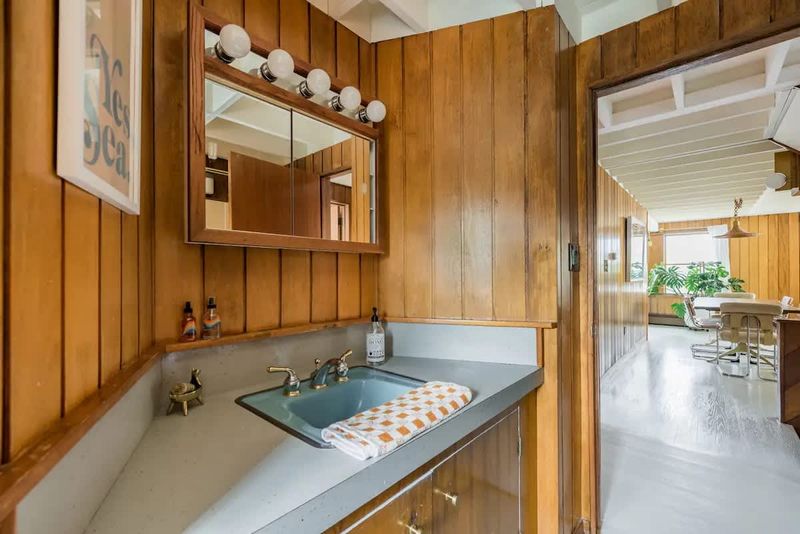
Nothing screams “welcome to my cabin-inspired suburban home” quite like floor-to-ceiling fake wood. These dark panels made rooms feel like cozy caves or sophisticated men’s clubs (at least that’s what everyone told themselves).
Wood paneling was the wallpaper alternative that promised easy maintenance but delivered decades of dated interiors that future homeowners would spend thousands to remove.
2. Pastel Bathroom Fixtures
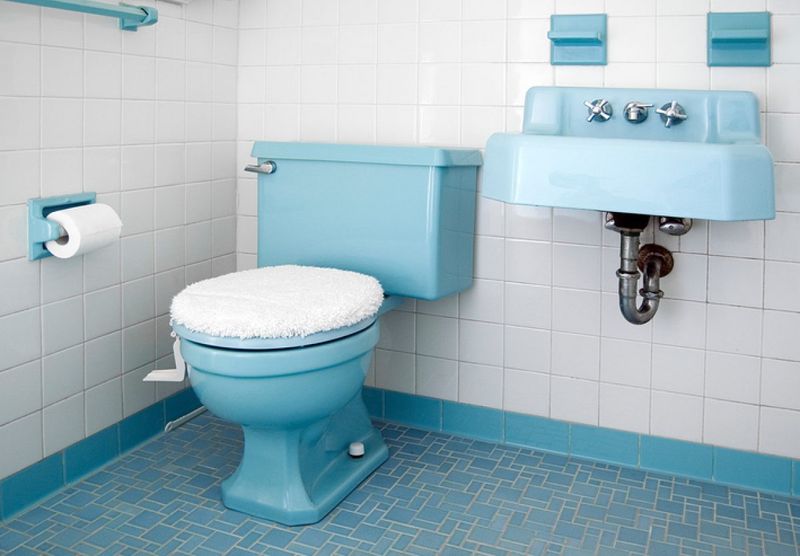
Powder blue, soft pink, or avocado green – pick your pastel poison! The bathroom wasn’t complete without matching colored sinks, tubs, and toilets creating a coordinated look. These pastel fixtures were installed with the confidence that they would never go out of style.
Spoiler alert: they did, leaving homeowners with the awkward choice of embracing vintage charm or expensive renovations.
3. Brass Everything
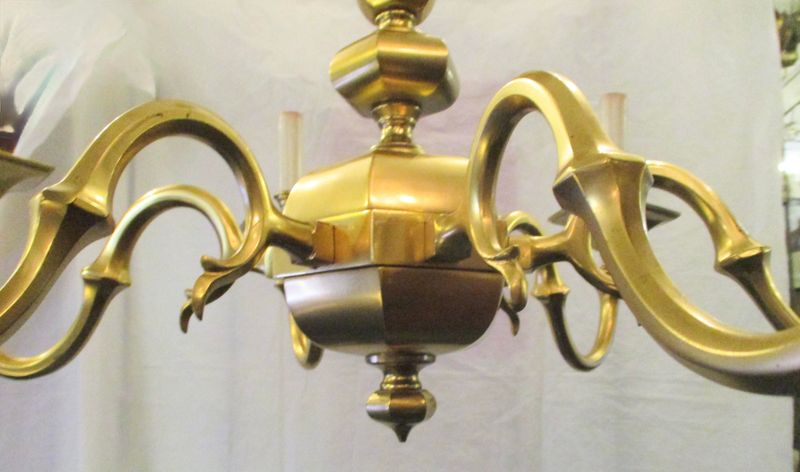
Gleaming and golden, brass fixtures adorned every possible surface. From doorknobs to light fixtures, cabinet pulls to fireplace screens – if it could be made of brass, it was.
The shiny metal created an instant “upscale” look that homeowners polished religiously. Brass everything represented prosperity and sophistication in a decade obsessed with displaying wealth and status.
4. Shag Carpeting
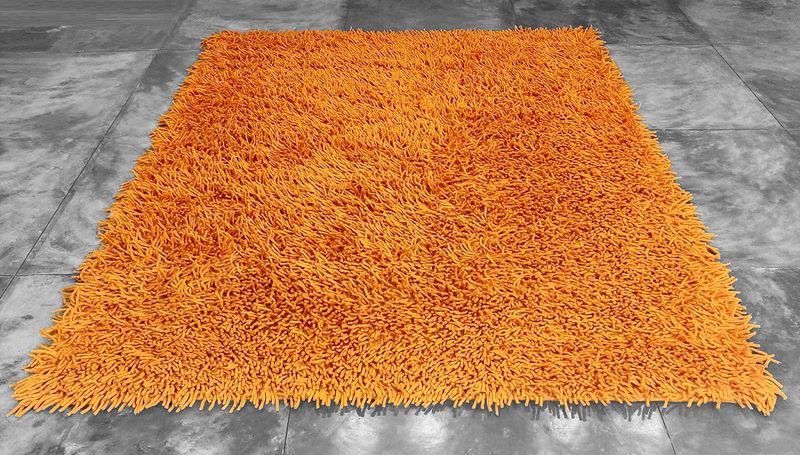
Plush, fluffy, and impossible to vacuum properly. The deeper the pile, the more fashionable your floors were considered in suburban America. Shag carpets came in eye-searing colors like harvest gold, burnt orange, and avocado green.
They trapped everything from dust to small toys, and required special rakes to maintain their fluffy appearance after being trampled by platform shoes.
5. Vertical Blinds
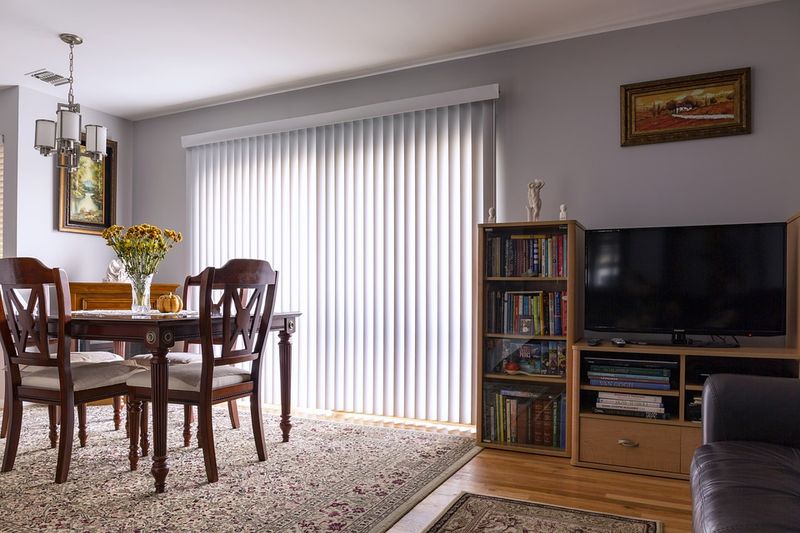
Clacking plastic strips that never quite closed properly and always had at least one blade hanging askew. These window coverings were considered the height of modern design.
Vertical blinds adorned sliding glass doors nationwide, collecting dust in their tracks and tangling whenever someone attempted to open them. Despite their practical shortcomings, they remained fixtures in homes throughout the decade.
6. Dusty Silk Flower Arrangements
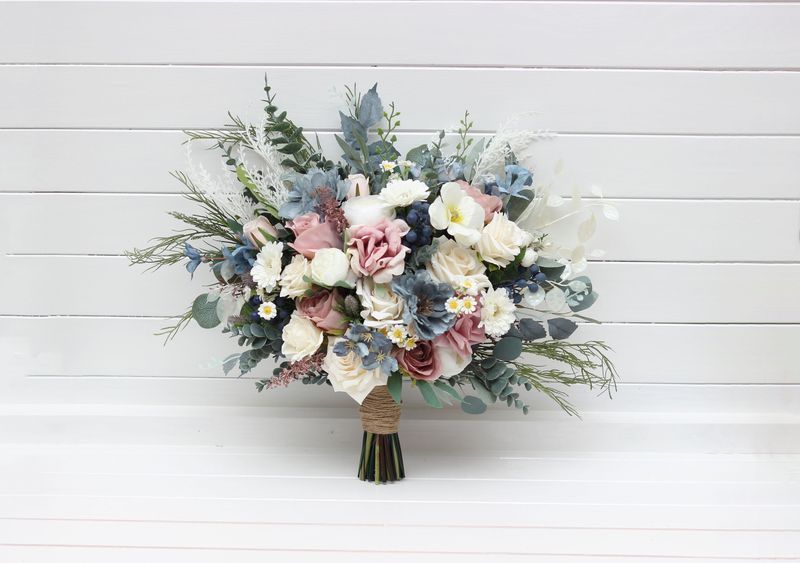
Massive bouquets of dusty roses, peach carnations, and baby’s breath stood proudly in brass or ceramic vases on every coffee table and dining room hutch. These silk arrangements were often paired with dried eucalyptus and plastic greenery. The faux floral displays provided year-round “freshness” without maintenance, except for the occasional dusting that most homeowners conveniently forgot about.
7. Massive Entertainment Centers

Behemoth wooden structures dominated living rooms across America, designed to showcase the family’s prized 27-inch television and hi-fi system. These entertainment centers featured countless cubbies, glass-door cabinets, and shelving for displaying family photos and collectibles.
Despite taking up an entire wall, they somehow never had enough space for the growing collection of VHS tapes that accumulated throughout the decade.
8. Mauve And Teal Color Schemes

From throw pillows to wallpaper borders, this color combination reigned supreme. Designers convinced an entire generation that these colors naturally complemented each other. The mauve and teal duo appeared on everything from bathroom towels to kitchen canisters.
Often accompanied by dusty blue and peach accents, this palette defined the decade’s interior design and made coordinating room decor deceptively simple.
9. Waterbeds
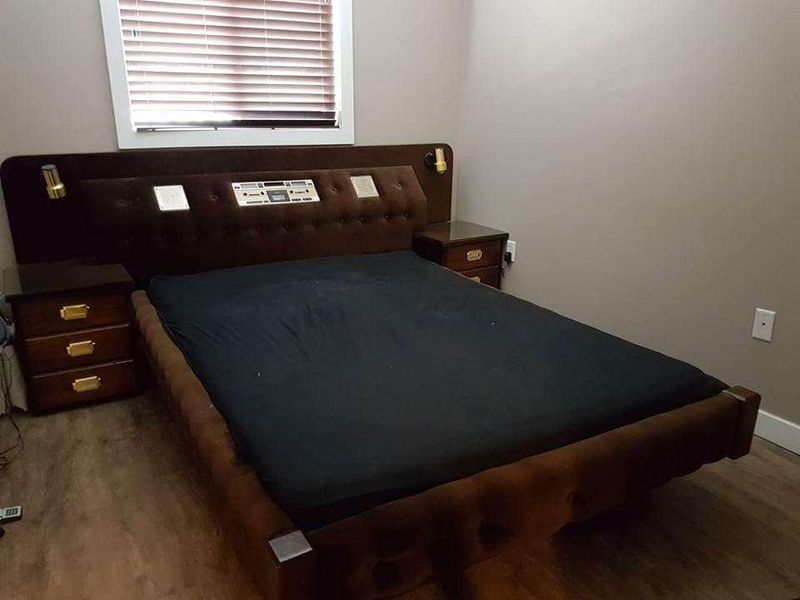
The ultimate status symbol of suburban bedrooms – a giant vinyl sack of heated water that sloshed with every movement. Nighttime bathroom trips became maritime adventures! Waterbeds came complete with wooden frames featuring built-in shelving and headboards with mirrors.
The constant maintenance, potential for catastrophic leaks, and tendency to cause seasickness didn’t deter enthusiasts from embracing this liquid luxury.
10. Wicker Peacock Chairs
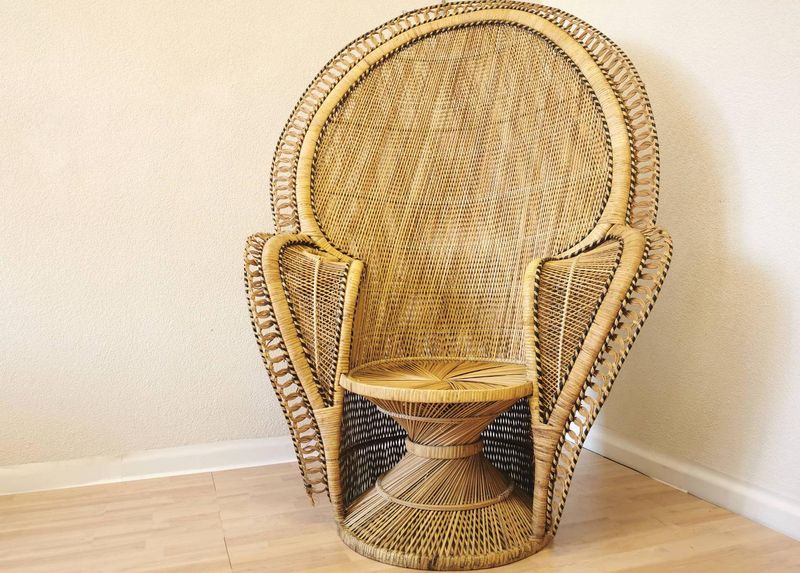
Majestic throne-like seating that made everyone feel like tropical royalty while watching Dynasty. The dramatic fan-shaped backs created instant drama in otherwise ordinary living rooms. Wicker peacock chairs often lived in corners with potted plants or macramé hangings nearby.
Despite being notoriously uncomfortable and collecting dust in their intricate weaving, these chairs served as impromptu photo backdrops for special occasions.
11. Cabbage Rose Chintz
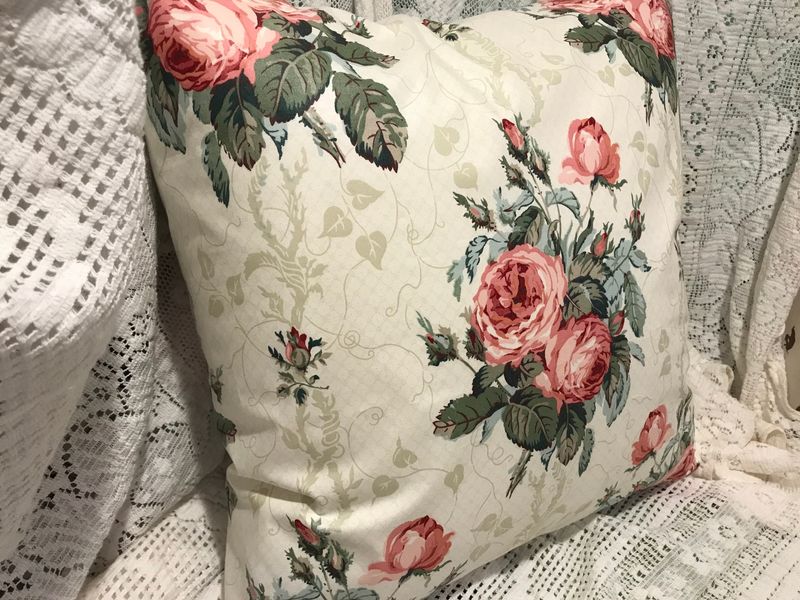
Floral patterns so bold they could induce headaches covered sofas, drapes, and wallpaper. No surface was safe from the invasion of oversized blooms in homes across America.
Cabbage rose chintz fabrics featured massive flowers in pink, blue, and yellow hues against cream backgrounds. The more patterns clashed in a room, the more sophisticated the homeowner considered their design sense to be.
12. Bathroom Carpet
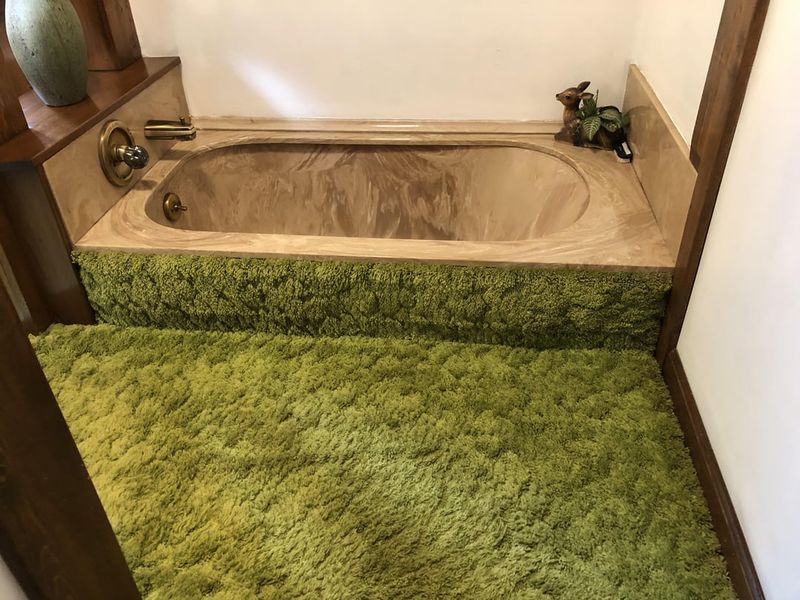
Someone decided that soft, absorbent fabric around toilets was a brilliant idea. Usually matching the color of the bathroom fixtures, these carpets were a breeding ground for interesting science experiments.
Bathroom carpets often came with matching toilet seat covers and contour rugs. The trifecta of textile bathroom accessories somehow survived in homes despite being perpetually damp and impossible to properly clean.
13. Plastic Couch Covers

Clear vinyl protectors that stuck to bare legs in summer and crackled with every movement. Furniture preservation reached extreme levels with these transparent shields. Plastic covers protected prized living room sets from actual use.
Many families maintained this protective layer for years, saving their “good furniture” for special occasions that somehow never warranted removing the plastic.
14. Mirrored Walls

Entire walls covered in reflective surfaces made rooms look bigger while doubling the visual impact of all that mauve and teal decor. Dance practice in the living room was an unexpected bonus!
Mirrored walls were often installed in dining rooms to reflect chandelier light or in entryways to create illusions of space. The smudge-prone surfaces required constant cleaning but remained popular status symbols throughout the decade.
15. Country Goose Decor
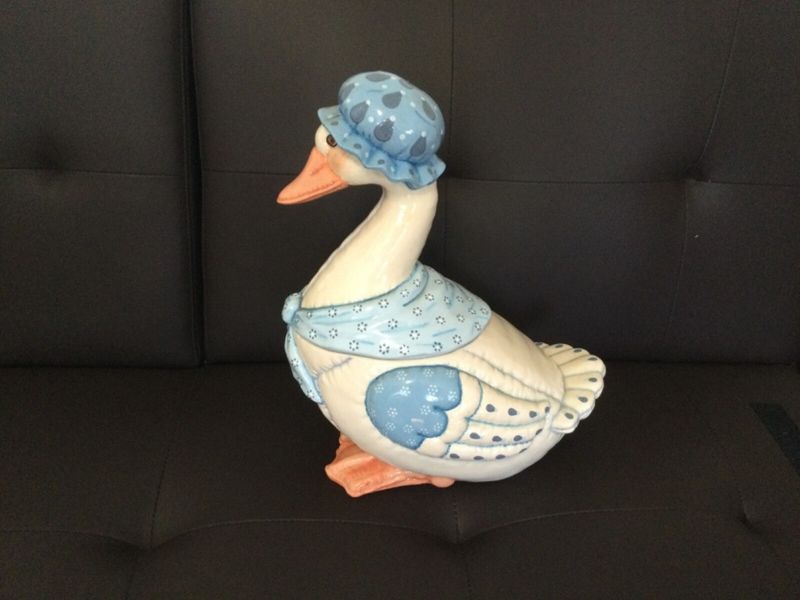
Bonneted geese appeared on everything from kitchen canisters to welcome signs. These apron-wearing waterfowl inexplicably became the mascots of suburban kitchens nationwide. Country goose motifs paired with heart cutouts and blue gingham ribbons created that coveted “country kitchen” aesthetic.
Wooden cutouts of the birds adorned walls while ceramic versions held spoons, napkins, and occasionally real plants.
16. Glass Block Windows
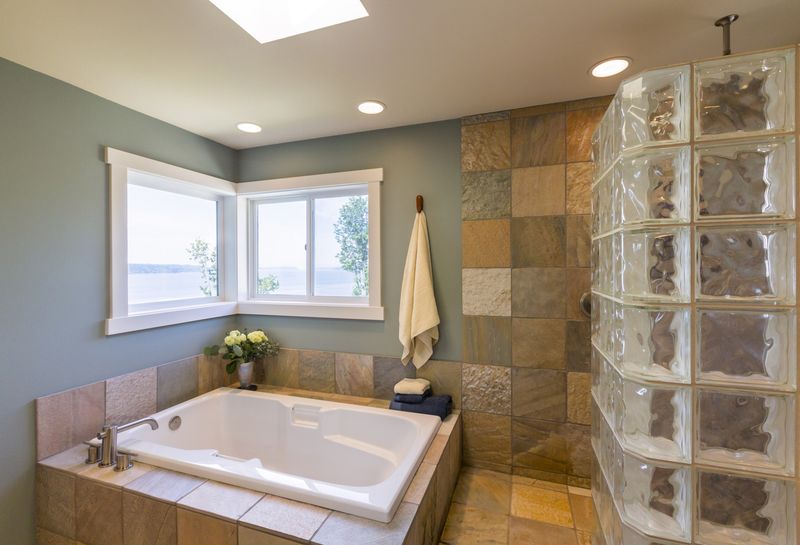
Translucent building materials that let light in while maintaining privacy became architectural features in bathrooms and entryways. The wavy patterns created interesting light effects while obscuring views. Glass blocks were considered both functional and decorative elements.
Homeowners installed them in shower stalls, basement windows, and even as room dividers, embracing their ability to brighten spaces without sacrificing privacy.
17. Inspirational Wooden Plaques
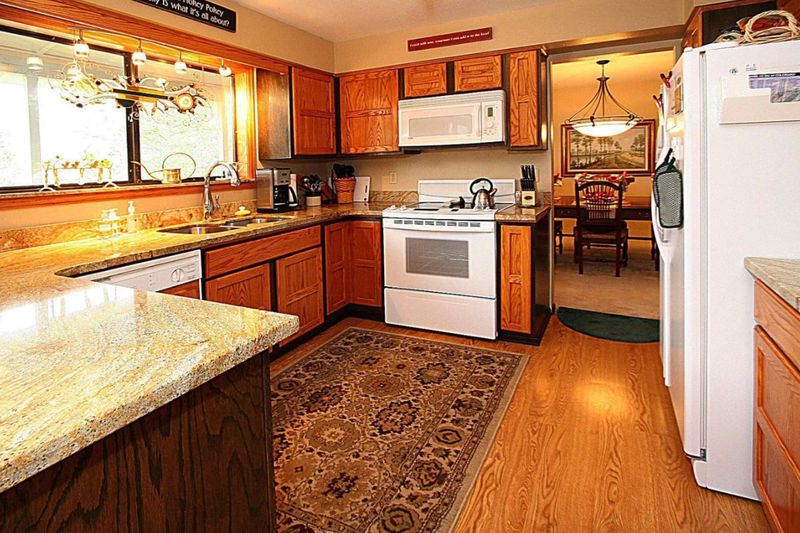
Folksy wisdom etched on stained wood adorned kitchen walls everywhere. Messages about family, friendship, and coffee consumption provided daily affirmations for homemakers.
These plaques featured sayings like “Bless This Mess” and “No Matter Where I Serve My Guests, They Always Like My Kitchen Best.” The country-inspired wall art complemented goose decor perfectly while establishing the kitchen as the heart of every suburban home.
18. Lacquered Furniture
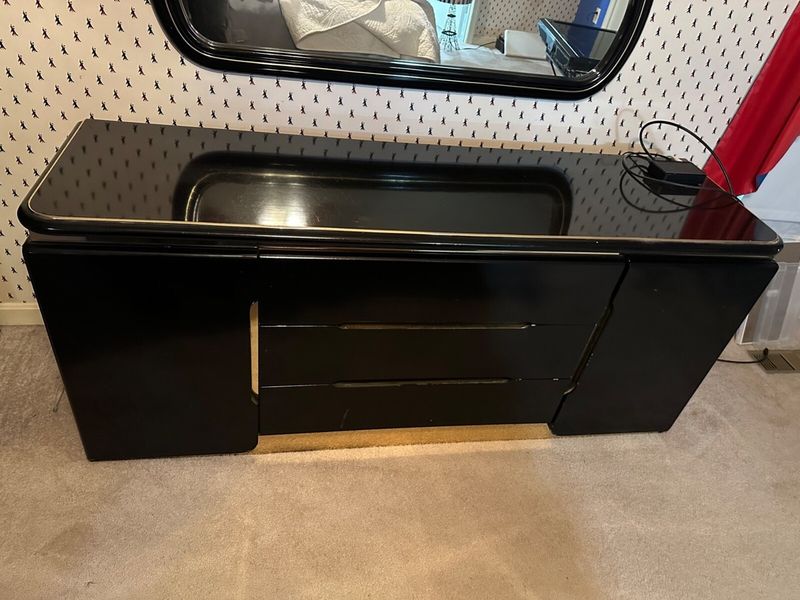
High-gloss finishes that reflected light (and fingerprints) adorned bedroom sets and dining tables. Usually in black or white, these shiny surfaces screamed “sophisticated urban living.” Lacquered furniture paired with brass accents for that perfect ’80s aesthetic.
The ultra-smooth finish required special cleaning products and showed every speck of dust, but the sleek, modern look was worth the maintenance for style-conscious homeowners.
19. Track Lighting

Adjustable spotlights mounted on ceiling rails aimed at whatever homeowners deemed worthy of highlighting. Art, plants, and architectural features basked in directed beams. Track lighting systems replaced traditional ceiling fixtures with modern alternatives.
The flexible fixtures could be positioned to illuminate specific areas, though most people installed them and never adjusted the angles again.
20. Wallpaper Borders
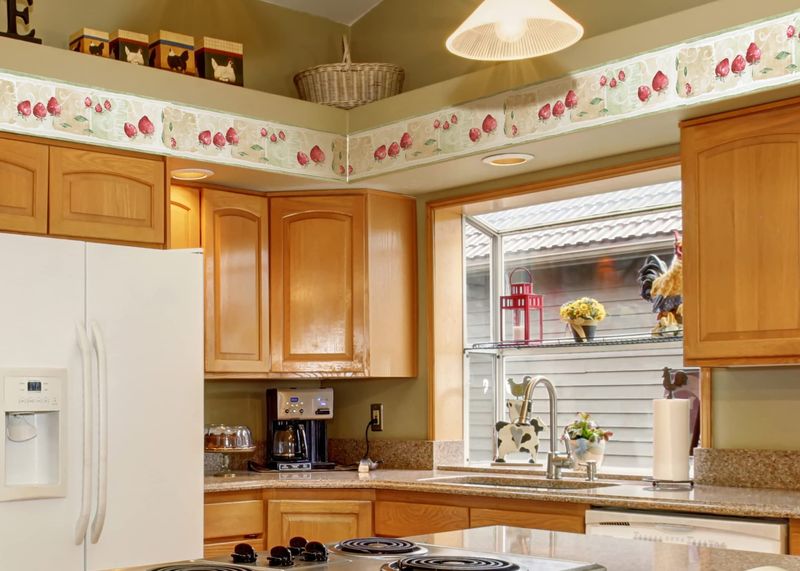
Strips of patterned paper running along the tops of walls added that extra decorative touch no room could do without. Floral, geometric, or themed designs framed rooms like picture frames.
Wallpaper borders allowed homeowners to add personality without committing to full wallpaper installation. Kitchen borders featured fruits, vegetables, or utensils, while bathrooms displayed seashells, fish, or nautical motifs that coordinated with shower curtains.
21. Sunken Living Rooms

Step down into conversation pits designed for socializing! These architectural features created distinct living spaces while providing opportunities for guests to trip unexpectedly. Sunken living rooms were often carpeted in plush shag and surrounded by built-in seating.
The lowered floor created drama and separation without walls, making them perfect for entertaining and showing off that brand-new VCR to impressed neighbors.
22. Faux Marble Columns
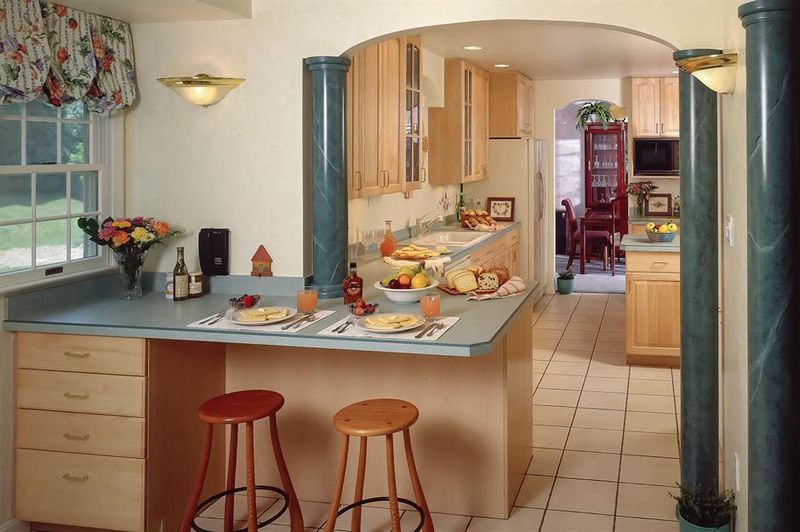
Plastic pillars that brought a touch of ancient Greece to split-level ranches. These decorative elements framed entryways and divided rooms with classical pretension. Faux marble columns were surprisingly lightweight despite their substantial appearance.
Homeowners installed them to create architectural interest in otherwise ordinary spaces, believing they added a touch of elegance and Old World charm to new construction.

